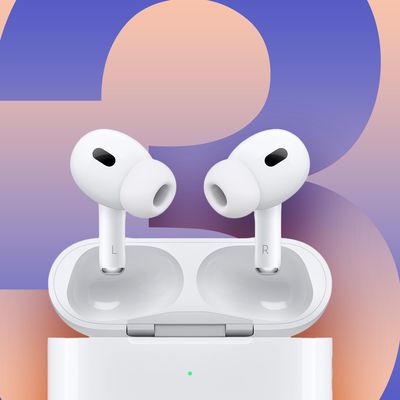When choosing a new Mac, one of the most important decisions you'll make is how much memory to configure. This guide helps you to work out how much RAM you need.
![]()
With the advent of Apple silicon and its unified memory architecture in 2020, the traditional understanding of RAM has evolved, leading to new considerations for users when selecting a memory option. Unlike traditional PC RAM, where separate components like the CPU and GPU each have their own dedicated memory pools, Apple's unified memory architecture allows all processing units to access a single, shared pool of high-bandwidth, low-latency memory.
As a result, in Apple silicon systems, data doesn't need to be copied between multiple memory areas, significantly improving speed and power efficiency. By uniting memory, Apple devices with this technology theoretically deliver superior performance across multitasking, creative workflows, and demanding applications while minimizing the latency typically associated with data transfer between separate memory types. With the optimizations of macOS, this means that less memory can go further than before, for most Mac users.
All Mac models now start with 16GB of memory, up from 8GB, with the option to upgrade to higher configurations with build-to-order models. However, choosing to do so can add considerable cost to the base price of a new Mac.
To help you make the best choice for your workflow and budget, here's a breakdown of who should choose each memory tier currently available in the entire Mac lineup and why it may be the right fit for you:
- 16GB: General users, students, and professionals with standard workloads should opt for 16GB. This configuration is perfect for those who primarily browse the web, stream content, use productivity apps, and perform multitasking. Thanks to the performance of Apple silicon and the efficiency of macOS, 16GB is more than sufficient for a smooth experience with everyday tasks.
- 24GB: Users who need slightly more headroom for multitasking and moderate creative work should consider 24GB. This tier is ideal for those who work with slightly heavier applications such as video editing, gaming, graphic design, or coding but do not push these tasks to the absolute extreme. It provides an additional buffer for users who run multiple intensive apps simultaneously and perform more multitasking than what 16GB can handle comfortably.
- 32GB, 36GB, or 48GB: Professionals engaging in intensive creative workflows, such as video editing in 4K, music production with multiple tracks, or large-scale coding projects, should opt for 32GB, 36GB, or 48GB. These configurations suit users who frequently use memory-heavy applications like Adobe Creative Cloud apps, Xcode, or virtual machines. It provides sufficient power for consistent performance without frequent reliance on disk swapping, even under substantial workloads.
- 64GB: Power users and creative professionals who manage high-resolution media and extensive multitasking should choose 64GB. It is ideal for those working on large 3D modeling projects, editing 8K video, or handling complex simulations and data analysis. This memory quantity should support running multiple virtual machines or advanced software development environments without any slowdown.
- 96GB: High-end creative professionals and developers handling intensive projects involving large datasets or media should consider 96GB. This tier offers significant overhead for those who need more than 64GB, ensuring seamless performance when editing multiple streams of high-resolution video, detailed 3D rendering, or working with substantial datasets that need to be kept in active memory.
- 128GB: Professionals in specialized fields like film editing, data science, or engineering should look at 128GB. This memory configuration is designed for workflows that involve extremely large projects and require vast amounts of data to be kept in active memory. It is perfect for those working on high-resolution visual effects in cinema, simulation-based software, or advanced scientific computations, providing robust multitasking and peak performance across demanding tasks.
- 192GB: Enterprise-level users, researchers, and industry professionals dealing with mission-critical, memory-intensive applications should opt for 192GB. This option is suitable for large-scale data processing, machine learning, or AI development, ensuring maximum efficiency and reducing the need for data swapping between RAM and storage. It is also ideal for developers working on complex server-side projects requiring powerful single-machine testing.
With Apple silicon's Unified Memory Architecture and macOS's efficient memory management, the base 16GB configuration now meets the needs of most users, providing a good balance of cost and performance for everyday computing tasks and moderate creative work.
The increasing importance of demanding artificial intelligence features like Apple Intelligence and the potential for more intensive applications over time mean that those with more demanding workflows or plans for longevity should consider upgrading the memory. Opting for 24GB or 32GB can provide an added buffer for the future, supporting heavier multitasking, creative software, and emerging AI features. Higher configurations, such as 64GB or more, are better for professionals in fields that require significant data handling, including video production, 3D rendering, and machine learning.
For users who already own an Apple silicon Mac, it will be worthwhile to evaluate your current system's performance to determine whether you'll need more memory next time around. Consider whether your current memory configuration handles your typical workload efficiently or if you experience slowdowns during multitasking or when using resource-intensive applications. Ultimately, your decision should balance your current workload, any anticipated future requirements, and cost—especially since adding memory can be expensive and it cannot be changed after purchase.






















